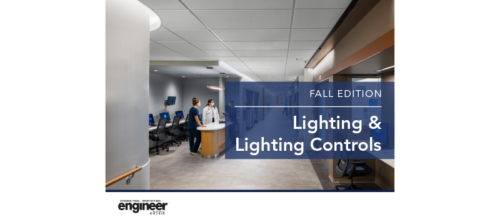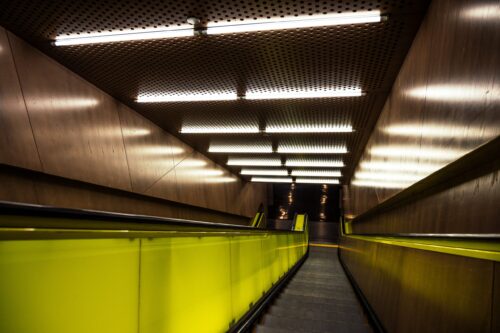Lighting: How codes, guidelines affect lighting design
Good lighting and lighting controls enhance building design, conserve energy and increase productivity, safety, security, personal comfort, sales, attendance and profit.
Learning objectives:
- Learn which codes and standards dictate lighting design.
- Understand when and where LEDs should be specified in both new and existing nonresidential buildings. Understand when LED luminaire retrofit kits can be specified for existing buildings.
- Know what types of testing, controls and/or commissioning are required to ensure lighting meets all codes and standards.
- Gather techniques and tips on meeting codes through lighting designers’ examples.
Good lighting and lighting controls enhance building design, conserve energy and increase productivity, safety, security, personal comfort, sales, attendance and profit. According to several government sources, up to 40% of the total energy used in commercial buildings is used for artificial lighting.
In lighting, one size/type does not fit all. LEDs in particular have gained prominence in lighting design for their energy efficiency, holistic lighting options and operational savings. LED retrofits can save 40% or more energy when compared with traditional light sources such as incandescent, halogen and high-intensity discharge.
Before starting any lighting design specifications, several resources must be considered, which will be presented at this session. Engineers also should seek third-party objective sources for information on and comparison of directionality, efficacy and other properties.
Presenters
- Barrett Newell, LC, Associate IALD, Senior Associate, Lighting Design, CannonDesign, Boston
- Michael Chow, PE, CEM, CxA, LEED AP BD+C, Principal, Metro CD Engineering LLC, Columbus, Ohio
Do you have experience and expertise with the topics mentioned in this content? You should consider contributing to our CFE Media editorial team and getting the recognition you and your company deserve. Click here to start this process.




